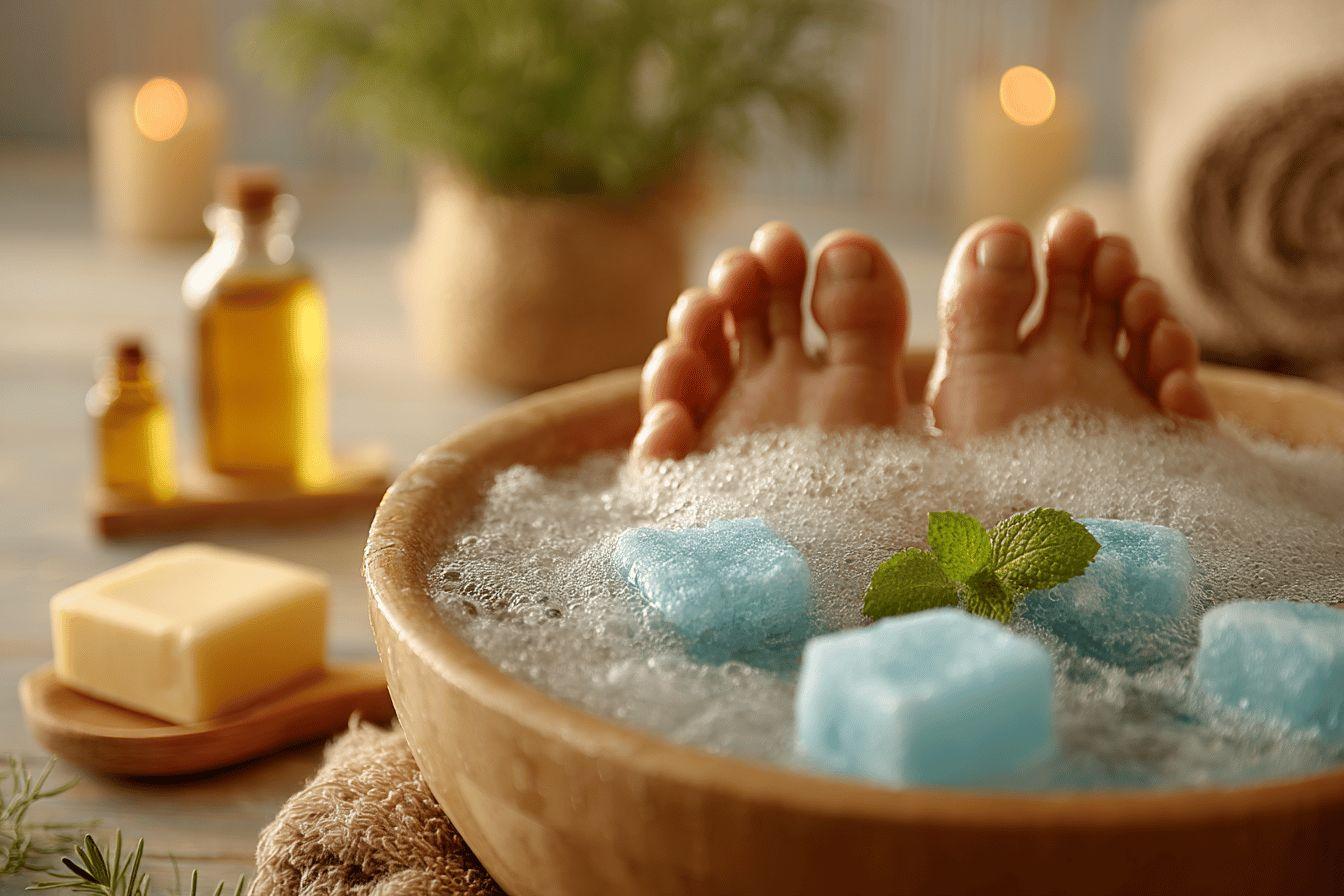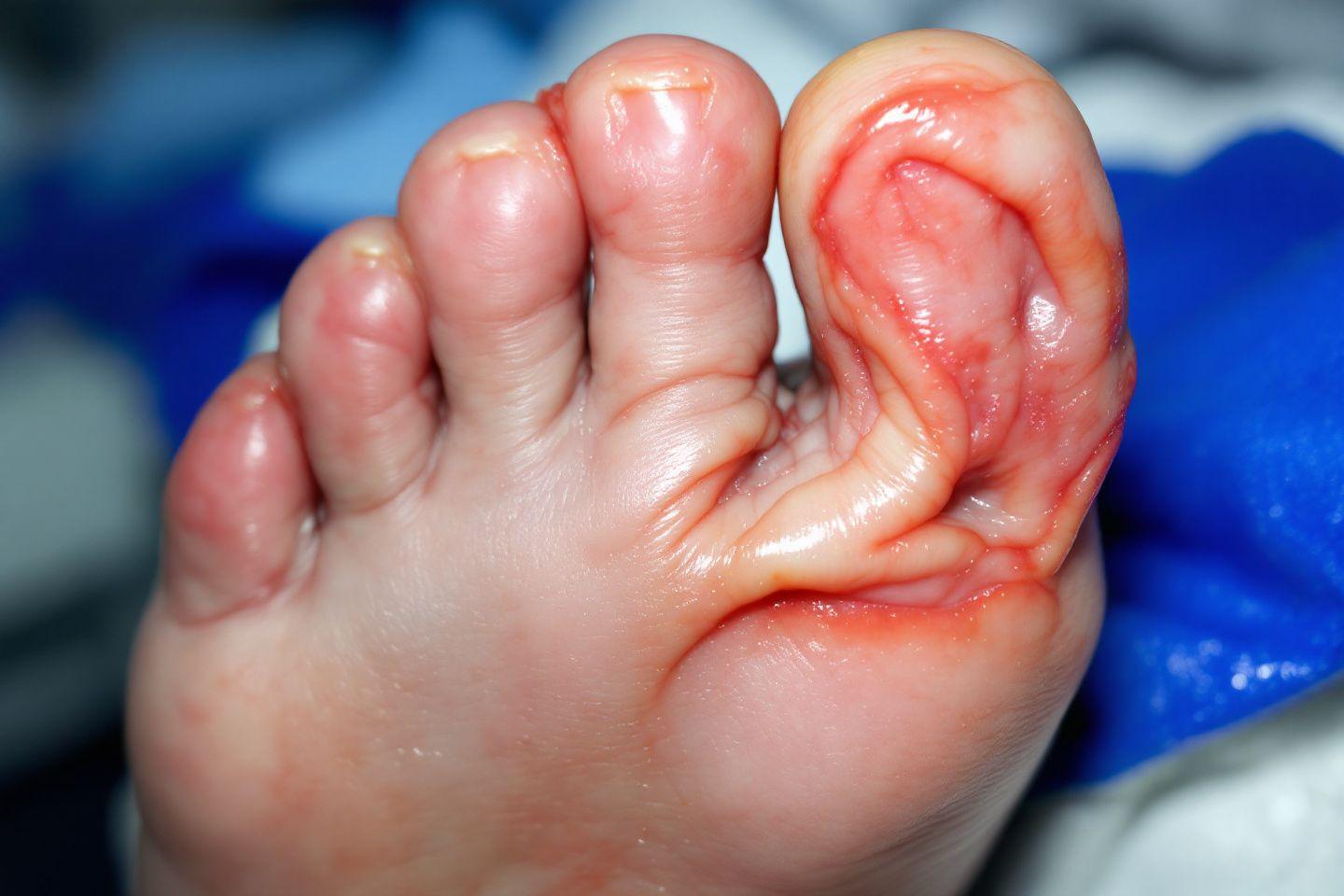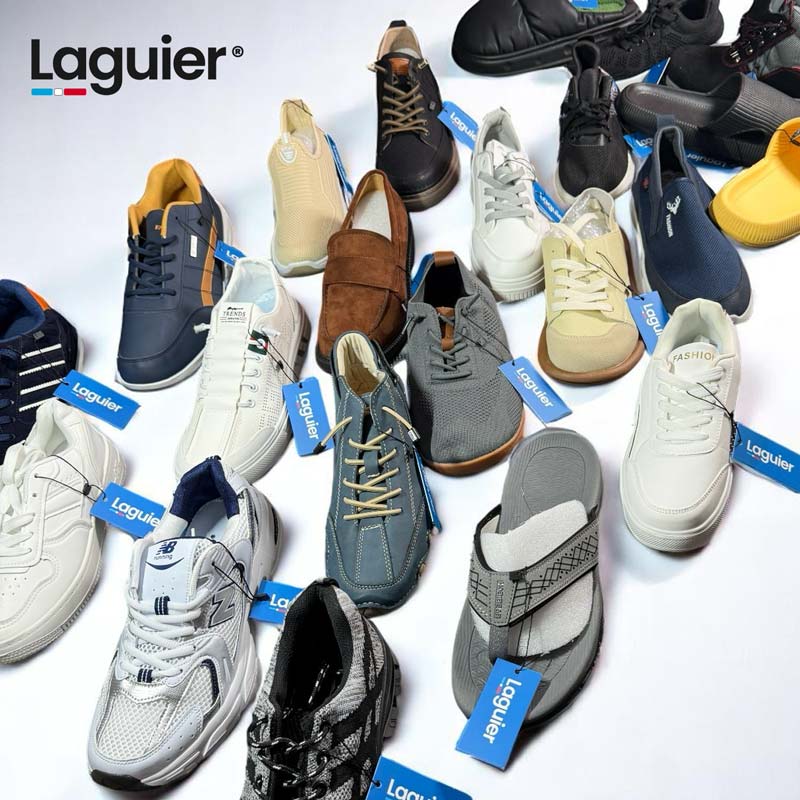Brief about the article
Podiatry distinguishes between different foot morphologies that influence our comfort and daily postural health.
- Toe Types: The Egyptian foot (70% of the population) is prone to hallux valgus, the Greek foot (20%) requires space in the forefoot, and the square foot (10%) offers better pressure distribution.
- Arch Types: Flat feet cause pronation and tendonitis, and high arches cause metatarsalgia and instability, while normal feet ideally absorb pressure. shocks.
- Adapted solutions: Appropriate footwear, specific orthotics, and targeted exercises help prevent pain specific to each body type.
The feet support our weight daily and are a complex structure composed of bones, muscles, tendons, and ligaments. Recognizing the different foot types helps understand potential podiatric problems and find appropriate solutions. Let's explore the main foot types, their characteristics, and appropriate care.
The main foot types and their characteristics
Our feet exhibit a surprising morphological diversity that influences our gait and daily comfort. Knowing your foot type allows you to choose the right shoes and prevent certain disorders.
The Egyptian foot, characterized by a big toe that is longer than the others, represents approximately 70% of the world's population. This configuration can promote the development of hallux valgus (bunions) if shoes are too narrow at the front.
The Greek foot, recognizable by its second toe being longer than the first, affects nearly 20% of individuals. This shape requires shoes with sufficient space in the mid-forefoot.
The square or Roman foot, where the first three toes align at the same height, generally provides better pressure distribution when walking. This configuration affects approximately 10% of the population.
Beyond these morphologies, feet are also distinguished according to their arch:
- Flat foot - The arch of the foot is almost non-existent, causing excessive internal rotation (pronation)
- Hollow foot - The arch is abnormally high, causing external rotation (supination)
- Normal foot - The arch has a moderate curvature for optimal shock absorption
To determine your arch type, you can perform a simple footprint test by wetting your foot and walking on a flat surface. The impression will reveal the distribution of pressure points characteristic of your foot shape.

Common Podiatric Problems According to Foot Types
Each foot shape has a particular susceptibility to certain disorders. Identifying these predispositions allows for preventive action to limit the onset of chronic pain.
People with flat feet often suffer from excessive fatigue during prolonged walking. Excessive pronation can cause pain in the knees, hips, and back. Posterior tibial tendonitis is also common in these individuals.
Conversely, those with a high arch are more prone to repeated sprains due to increased lateral instability. Metatarsalgia (pain under the ball of the foot) and plantar fasciitis frequently affect this morphology.
The different parts of the foot can be affected differently depending on your morphology. The following table summarizes the main disorders associated with each type:
| Foot Type | Common Problems | Recommended Solutions |
|---|---|---|
| Egyptian Foot | Hallux Valgus, Interdigital Corns | Wide-toed Shoes, Specific Orthotics |
| Greek Foot | Claw Toes, Calluses | Shoes Adapted to the Shape, Protective Pads |
| Flat Feet | Tendinitis, Lower Back Pain | Orthopedic Insoles Compensatory measures, muscle strengthening |
| Hollow foot | Metatarsalgia, plantar fasciitis | Cushioning insoles, regular stretching |
Solutions tailored to each foot type
Once your foot type has been identified, several approaches can be used to prevent or alleviate associated podiatric problems. Understanding the detailed anatomy of the human foot helps understand why some solutions work better than others.
For flat feet, the use of compensatory orthotic insoles helps artificially recreate an arch and limit excessive pronation. Targeted exercises such as picking up marbles with the toes strengthen the intrinsic muscles of the foot.
People with high arches particularly benefit from cushioning insoles that redistribute plantar pressure. Regular stretching of the plantar fascia and calves reduces excessive tension.
For all foot types, here are the progressive steps to improve your daily comfort:
- Consult a podiatrist for an accurate diagnosis of your morphology
- Choose shoes that fit your specific foot type
- Incorporate strengthening and stretching exercises into your routine
- Use foot orthotics if recommended by your professional
- Monitor the evolution of your condition and adapt solutions if necessary
Daily care also plays a crucial role in foot health. Regular moisturizing prevents cracks, while careful inspection allows for early detection of areas of friction or excessive pressure.
Finally, don't forget that your feet change with age and weight changes. Periodic reassessment of your foot morphology ensures the continuous adaptation of the solutions implemented.
Towards a better understanding and care of your feet
The different types of feet represent a morphological richness that requires personalized approaches. Understanding your own foot anatomy is the first step toward optimal comfort and the prevention of functional disorders.
Advances in podiatry now allow for precise biomechanical analyses and customized solutions. 3D imaging and pressure sensor technologies offer a refined diagnosis of morphological characteristics.
Regular self-assessment of your feet and adapting your habits greatly contribute to their long-term health. A simple change of shoes can sometimes be enough to resolve chronic pain related to a specific morphology.
Don't hesitate to consult a specialized healthcare professional for a complete assessment of your foot morphology and personalized recommendations. Your feet carry you throughout your life - they deserve special attention adapted to their unique configuration.





Leave a comment
This site is protected by hCaptcha and the hCaptcha Privacy Policy and Terms of Service apply.